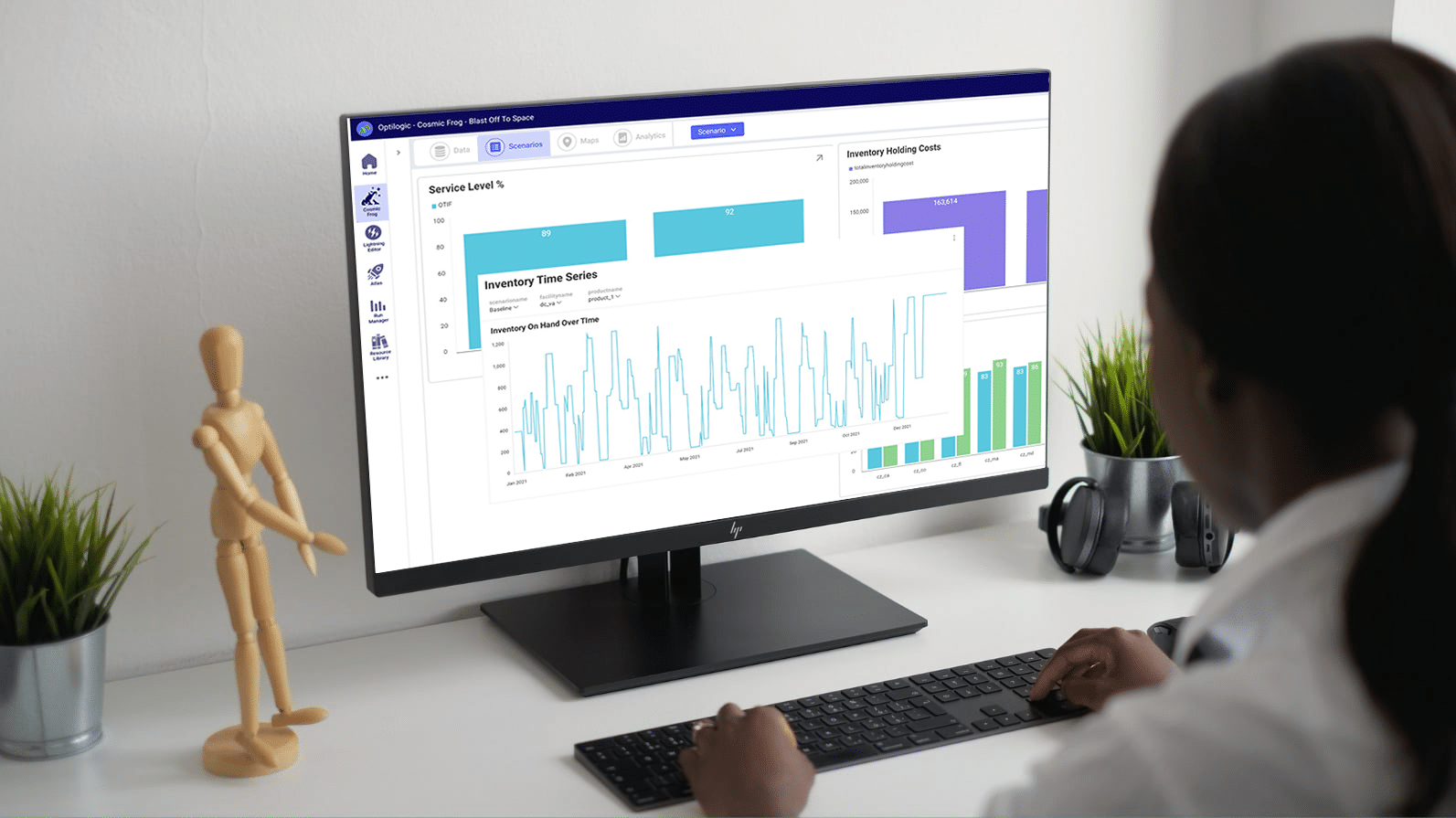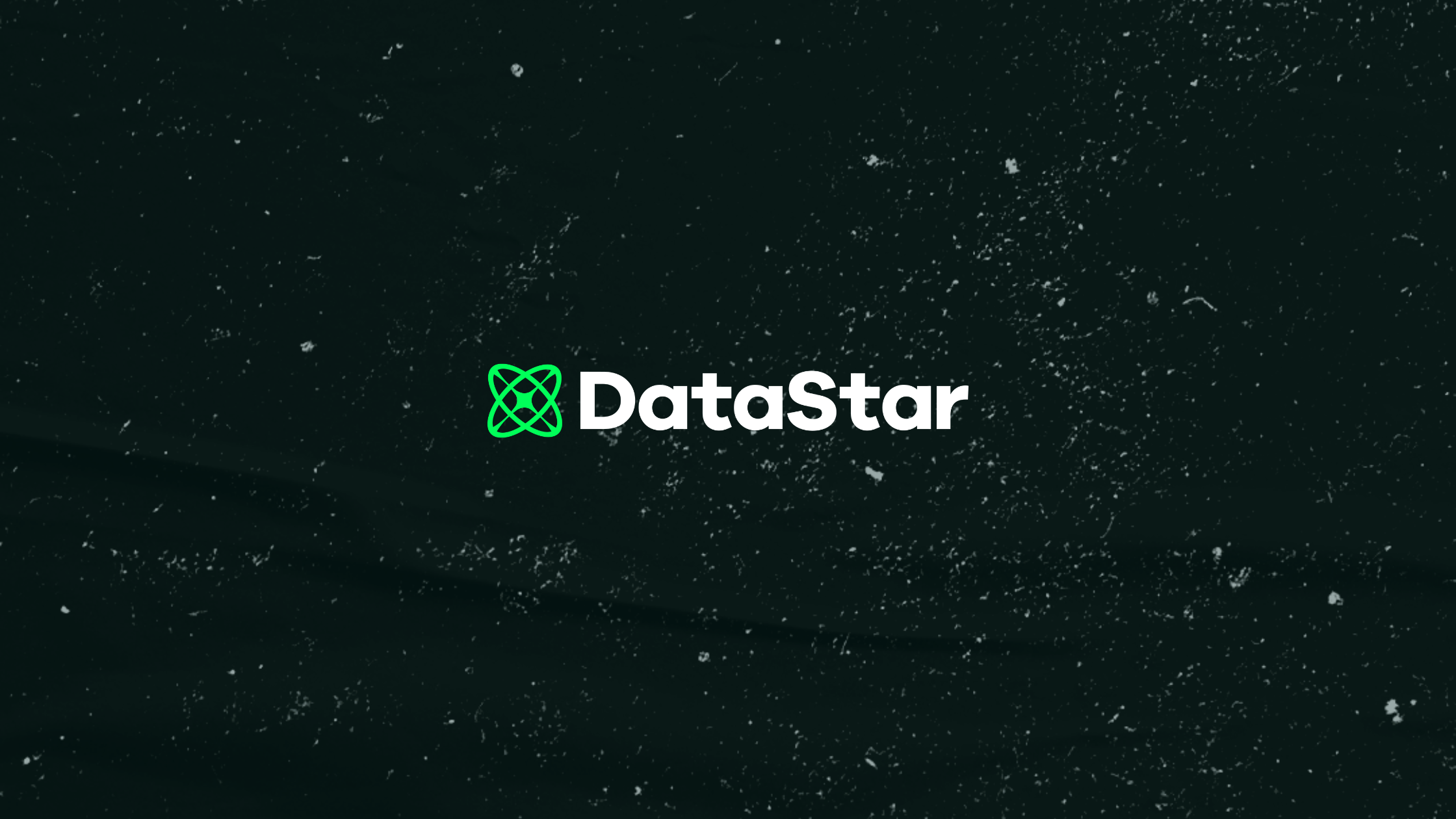
Published by
Published on
October 5, 2023





– October 5, 2023 – Supply chain network design software innovator, Optilogic introduces Inventory Strategy Design, a breakthrough approach to inventory strategy that combines simulation and optimization for unprecedented accuracy in predicting service levels and preventing failures. Optilogic’s Inventory Strategy Design is available today in Cosmic Frog, the first 100-percent SaaS-native supply chain design platform. Cosmic Frog leverages the power of the cloud to run numerous simulation scenarios to identify the best-fit inventory solution.

Decisions about how much inventory to stock and where have a massive effect on service level. Traditional inventory optimization cannot model inventory over time at the order and shipment level, and uses abstracted, aggregated demand, lead times, and capacity data. This leads to inaccurate and unactionable inventory plans resulting in overstocks, service failures, and lost profit. Unlike classical inventory optimization solutions, Optilogic Inventory Strategy Design:
“Inventory is money sitting around in a different form,” said Evrim Ertugrul, Deputy Head of the Corporate Logistics Department for Sumitomo Corporation of Americas. “The antidote is to convert this inventory to “ready money" to guard against randomness and uncertainty. Simulating inventory scenarios enables companies to experiment in a risk-free environment, providing a clear inventory target with the right balance of trade-offs between costs and service to hit the “bulls eye.”
Download Guide: 4 Ways to Crush Service Failures and Improve Profitability with Inventory Strategy Design “For years now, and especially of late, inventory has been given a bad name,” said Optilogic CEO Don Hicks. “Inventory isn’t the original sin—it's your weapon and insurance policy against uncertainty. Inventory simulation is the only approach that can accurately predict inventory performance so you can avoid service failures and assess cost/service trade-offs to meet goals.” Watch a 5-minute demo of Cosmic Frog or sign up for a free trial account.
– October 5, 2023 – Supply chain network design software innovator, Optilogic introduces Inventory Strategy Design, a breakthrough approach to inventory strategy that combines simulation and optimization for unprecedented accuracy in predicting service levels and preventing failures. Optilogic’s Inventory Strategy Design is available today in Cosmic Frog, the first 100-percent SaaS-native supply chain design platform. Cosmic Frog leverages the power of the cloud to run numerous simulation scenarios to identify the best-fit inventory solution.

Decisions about how much inventory to stock and where have a massive effect on service level. Traditional inventory optimization cannot model inventory over time at the order and shipment level, and uses abstracted, aggregated demand, lead times, and capacity data. This leads to inaccurate and unactionable inventory plans resulting in overstocks, service failures, and lost profit. Unlike classical inventory optimization solutions, Optilogic Inventory Strategy Design:
“Inventory is money sitting around in a different form,” said Evrim Ertugrul, Deputy Head of the Corporate Logistics Department for Sumitomo Corporation of Americas. “The antidote is to convert this inventory to “ready money" to guard against randomness and uncertainty. Simulating inventory scenarios enables companies to experiment in a risk-free environment, providing a clear inventory target with the right balance of trade-offs between costs and service to hit the “bulls eye.”
Download Guide: 4 Ways to Crush Service Failures and Improve Profitability with Inventory Strategy Design “For years now, and especially of late, inventory has been given a bad name,” said Optilogic CEO Don Hicks. “Inventory isn’t the original sin—it's your weapon and insurance policy against uncertainty. Inventory simulation is the only approach that can accurately predict inventory performance so you can avoid service failures and assess cost/service trade-offs to meet goals.” Watch a 5-minute demo of Cosmic Frog or sign up for a free trial account.
Fill out the form to unlock the full content

.png)

.png)
